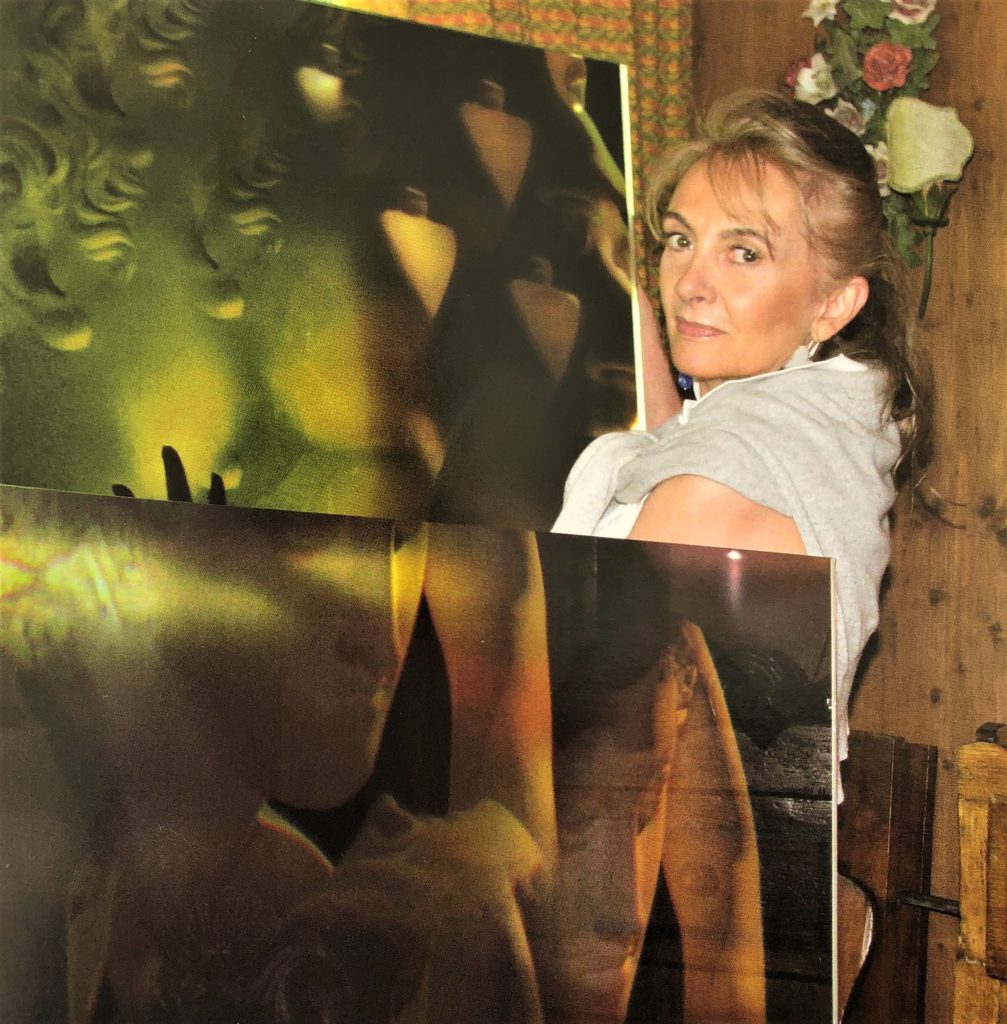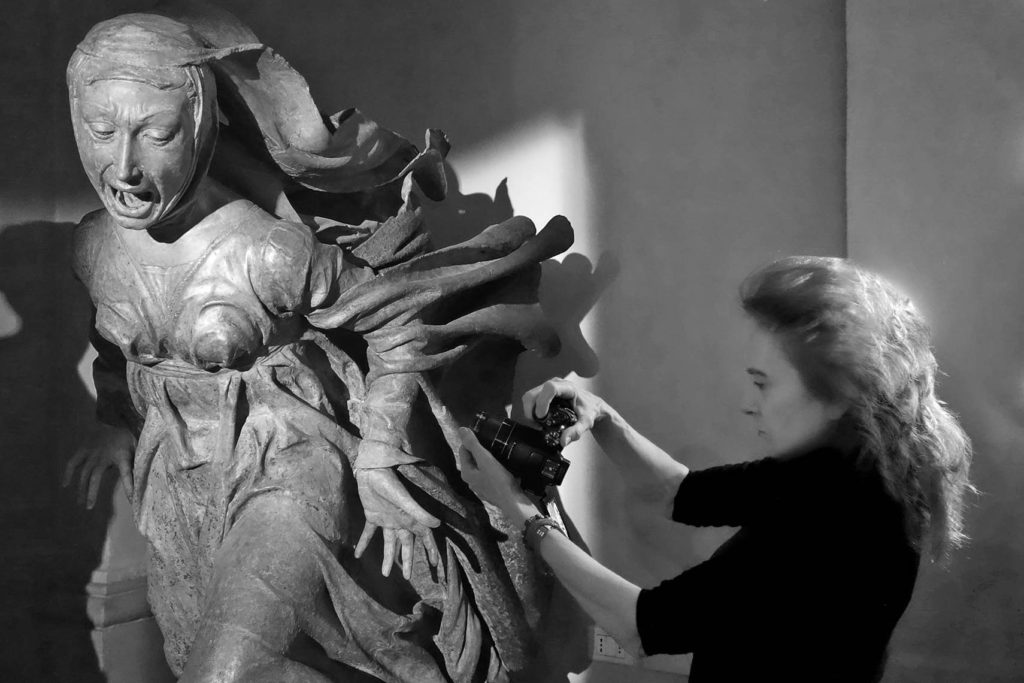
Artist’s profile: BEATRICE M. SERPIERI
Art subjects: reinterpretation of sculptures and architecture, portraits
Place of birth: Bologna (Italy)
Style: Beatrice M. Serpieri, an Italian photographer, who looks at art in a dynamic way, can masterfully perform what Henri Cartier-Bresson said: “Photographing consists of placing your mind, eyes and heart on the same line of sight.” Her goal is to make us more intensely appreciate sculptures and architectures of great artists: this is achieved thanks to the prism of her mind that refracts and breaks down both the artworks and the light illuminating them. Serpieri amplifies and multiplies the details, thus creating absolutely original effects that project the original artwork into the contemporary world. The deconstruction of her images is carried out exclusively during the shooting phase. Her pictures are not the result of a reworking process on the PC, as there is no photo editing. After a digital printing on a transparent vinyl film, she sticks the photo on a perfectly translucent cast methacrylate sheet. What Serpieri obtains are photo-sculptures that dialogue with the environment and can change according to it.
Career: After her university studies in the 1970s, she passionately dedicated herself to the study of photography, graduating from the Academy of Fine Arts in Rome and the Free European University of Macerata, Department of Visual Arts. Her long and prestigious career as a portraitist stands out for her passionate and accurate study of the human being, making her black and white portraits of the great Italian and European families true works of art. In 2003 she intentionally switched to color photography and to the study of light breakdown, investigating the illusions that architectural views offer. The reinterpretation of Canova’s and Tenerani’s sculptures deeply fascinated her. You can find her artworks in numerous private collections, contemporary art picture galleries, and civic museums of ancient art, such as the Schifanoia Museum and the Riminaldi Museum in Ferrara, the Canova Civic Museum in Bassano del Grappa. Serpieri boasts an extensive bibliography of art catalogs, artist books, sector magazines, periodicals and newspapers.

